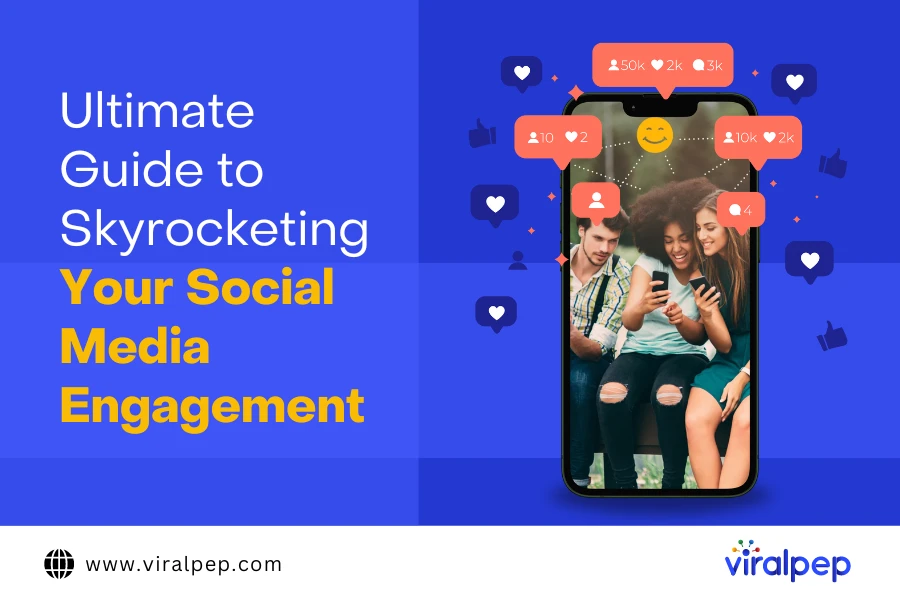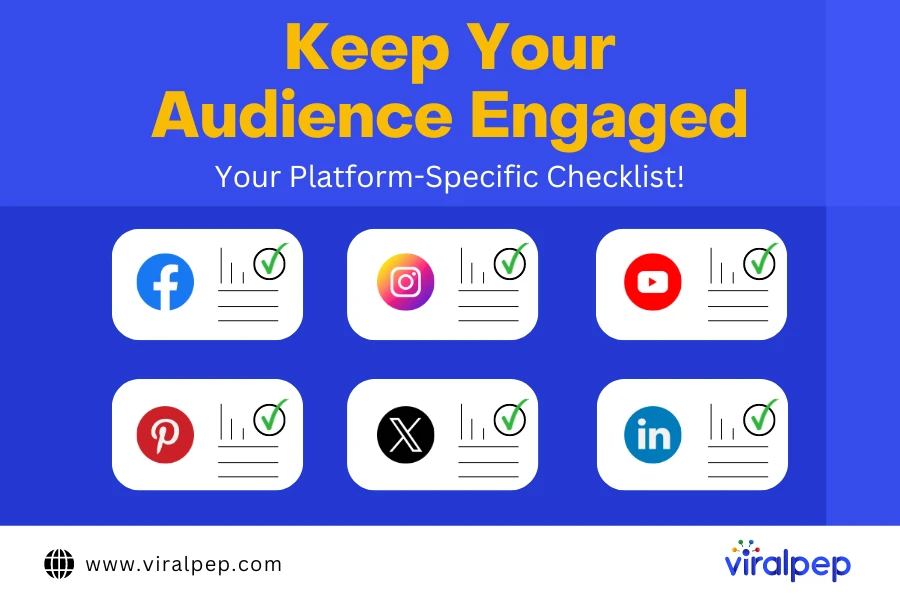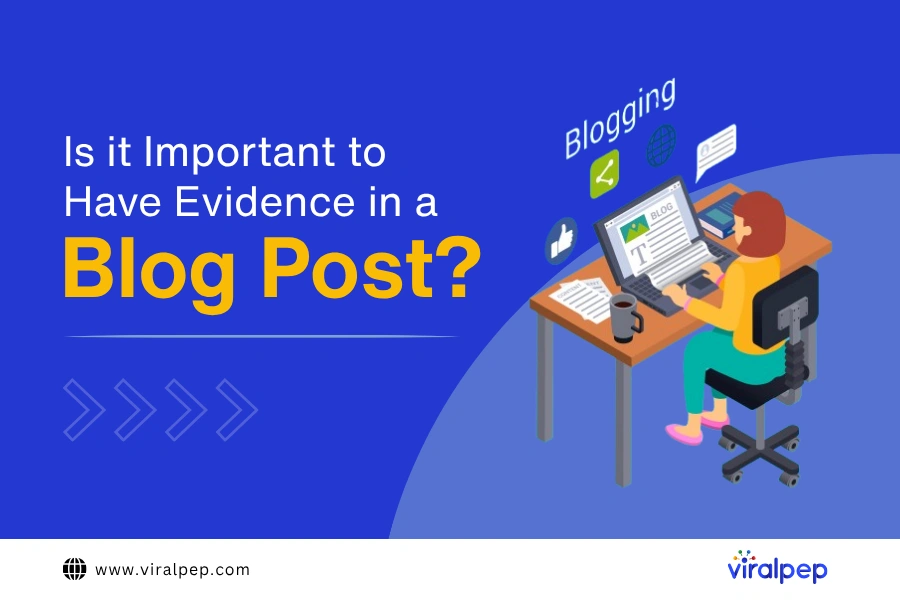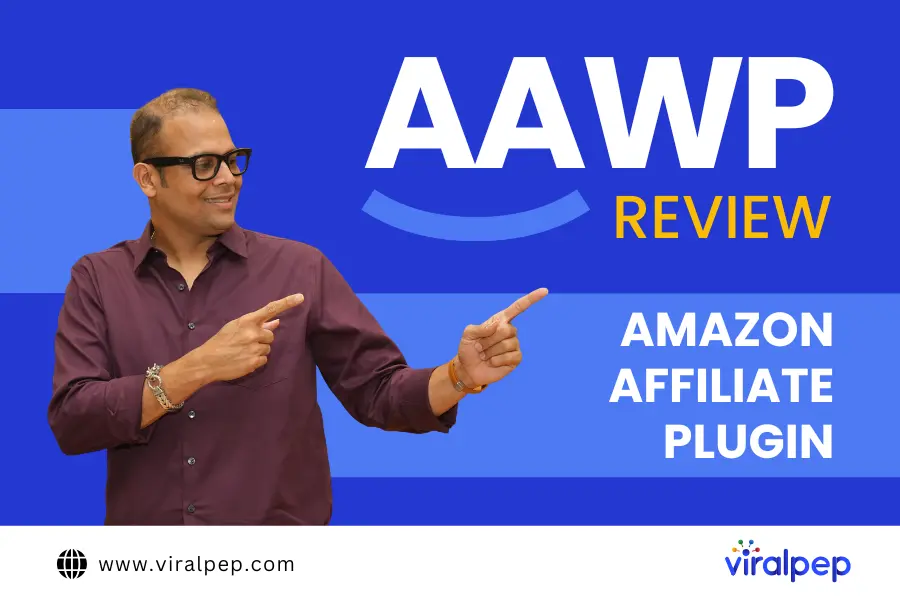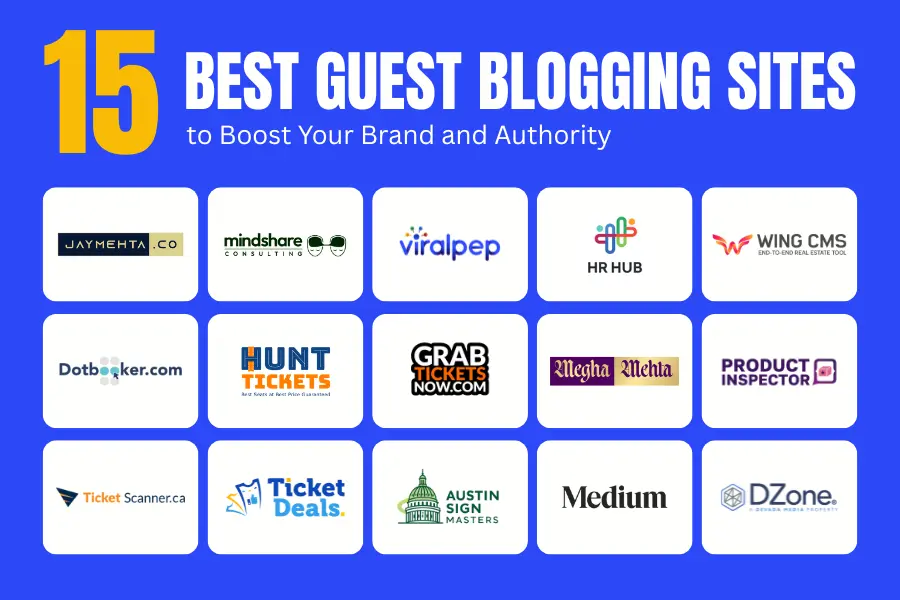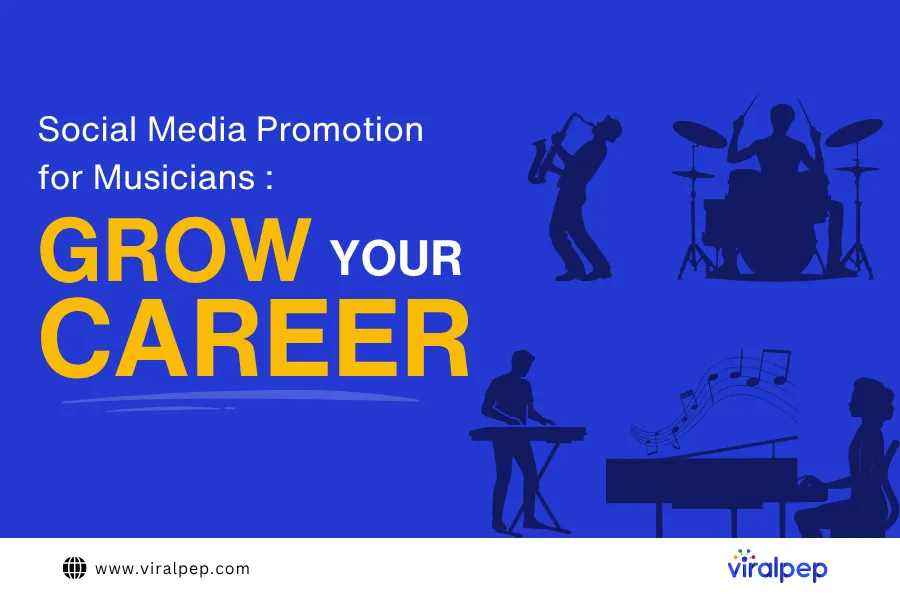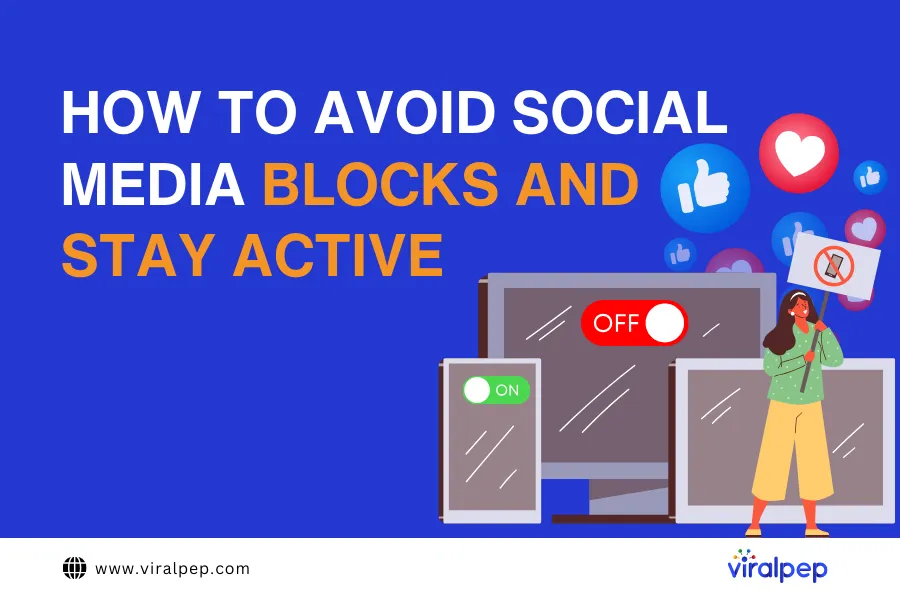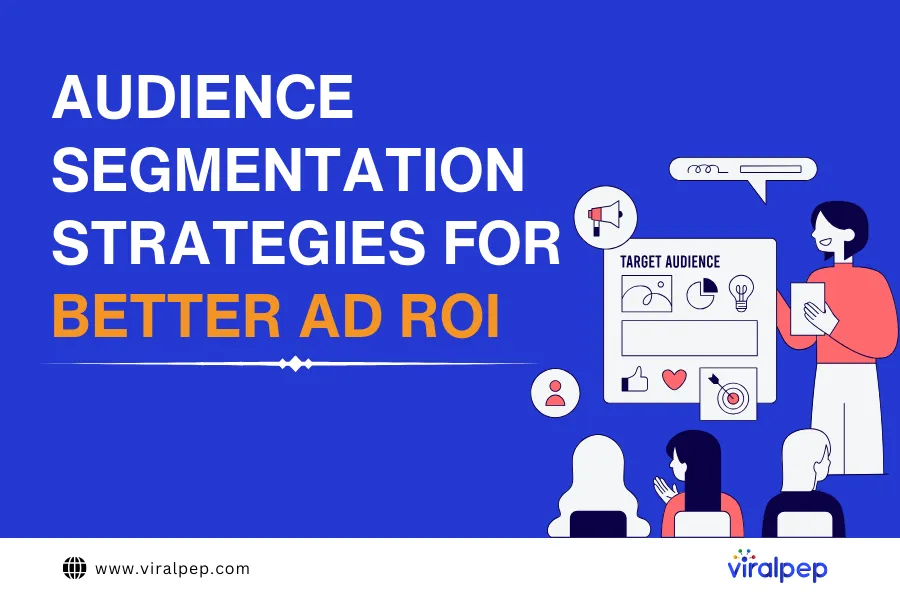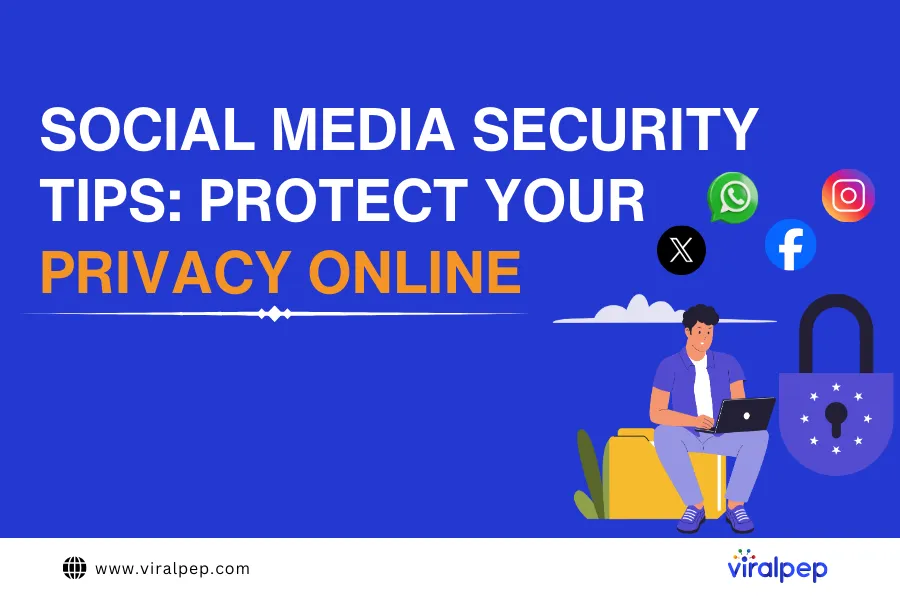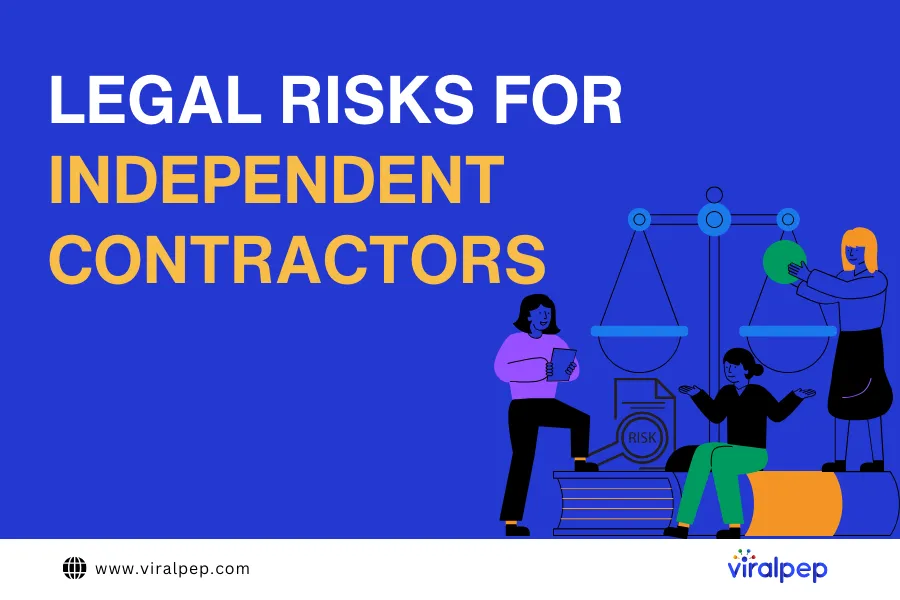Imagine yourself on a wildlife safari, seeking the perfect snapshot of a rare bird. A flurry of movement catches your eye—a flock of these elusive creatures! Do you cautiously approach them, trying to capture their natural behavior? Perhaps you strategically offer them food to gain their trust. Or maybe you decide to observe from a distance without disturbing their habitat. This dilemma mirrors the challenges faced by social media marketers in their quest to engage with their audience.
Much like encountering rare birds in the wild, social media engagement can be powerful and nuanced, depending on the strategies employed. Marketers worldwide experiment with various tactics to attract and maintain engagement.
If social media marketing is a jungle and engagement is an endangered species, think of us as your guide to the jungle. Today, we will reveal the strategies successful marketers use to grow and maximize social media engagement effectively.
But first, what exactly is social media engagement?
Social media engagement encompasses all interactions with your content, including likes, comments, and shares. It also encompasses:
- Shares or retweets
- Shares or retweets
- Likes
- Growth in followers and audience
- Click-through rates
- Mentions, both tagged and untagged
- Use of branded hashtags
Let’s check your social media engagement checklists to better understand the definition of social media engagement.
How to Measure the Impact of Your Social Media Engagement
Assessing the impact of social media engagement on your business involves tracking key metrics that reflect audience interaction and content effectiveness:
-
Engagement Rate
This metric helps determine how actively your audience interacts with your content. Engagement rate is typically calculated by dividing the total post interactions by the number of followers, reach, or impressions, then multiplying by 100%. The formula can vary depending on the platform, but it generally provides a good gauge of audience activity.
-
Reach and Impressions
Reach refers to the number of unique users who view your post, while impressions denote the total number of times your post is displayed. These metrics are crucial for understanding the overall visibility and potential audience of your content.
-
Click-Through Rate (CTR)
This is the percentage of users who click on a link in your post. CTR is essential for assessing the effectiveness of calls to action in your content, whether you’re directing users to a website, blog post, or product page.
-
Shares and Brand Mentions
Monitoring the number of shares and mentions your posts receive can give insights into how well your content resonates with your audience. Content that is frequently shared often indicates higher engagement and wider reach.
-
Video Views and Watch Time
For platforms like YouTube, Instagram, and TikTok, it’s important to track how many users watch your video content and the duration of their viewing. These metrics can indicate the appeal and relevance of your videos to your audience.
-
Conversion Rate
This measures the frequency at which users take a desired action—such as signing up for a newsletter or making a purchase—after engaging with your content. It connects your social media efforts directly to business results.
High engagement on your posts and account not only boosts visibility due to algorithm preferences but also builds a community of active and engaged followers. These followers are more likely to interact with your brand and convert into customers.
Another significant benefit of an engaged audience is the opportunity for direct interaction. An engaged audience provides more insights into their preferences, needs, and challenges, making it easier to tailor your content and services. Comments on your posts, for example, can be a valuable source of feedback and ideas for new content, helping you continuously refine your strategy.
Social Media Frequency Checklist
How often should you follow a social media checklist? Should it be daily, weekly, or monthly? While doing everything daily would be ideal, it’s not practical for most brands.
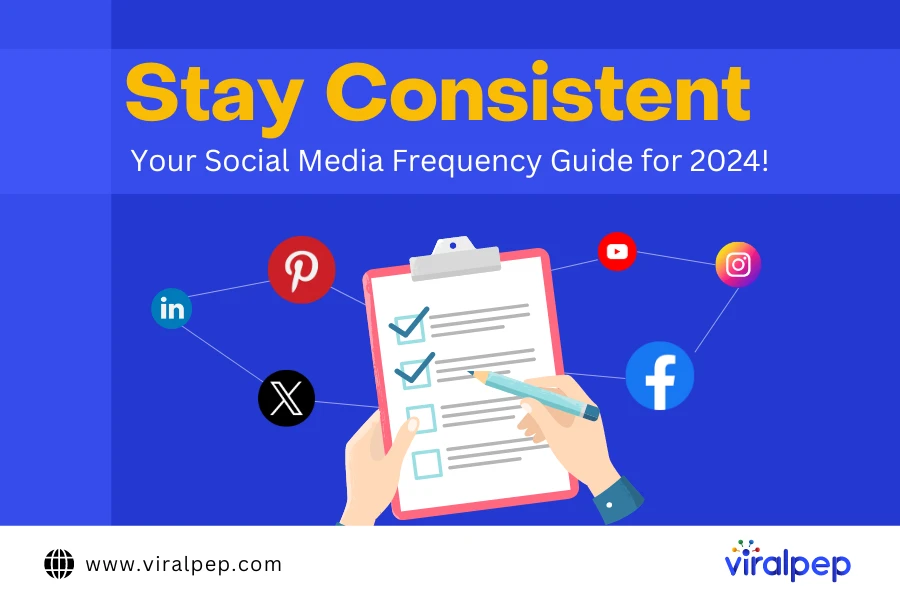
To help clients determine the optimal frequency, we categorize our checklists into two main categories — inbound and outbound social media activities.
-
Inbound Social Media Engagement
This involves responding to comments and messages received by your brand on social media platforms, such as replying to direct messages on Facebook. Inbound engagement includes managing positive feedback and addressing customer concerns or complaints.
Ideal Frequency: This type of engagement is critical and should ideally be monitored daily. Allocating a few minutes each day to interact with your audience is recommended as they are actively engaging with your brand.
-
Outbound Social Media Engagement
This refers to actively seeking and participating in social media conversations, like joining discussions around trending hashtags. Unlike inbound engagement, which is essential for maintaining your brand’s reputation, outbound activities are more flexible and can be pursued based on available resources.
Ideal Frequency: These activities can be scheduled in advance. For brands aiming to cultivate an engaged social media presence, dedicating time 2-3 times a week to outbound engagement is advisable.
Your Social Media Engagement Checklist by Platform
-
Facebook Engagement Checklist
Facebook is a dominant platform among social advertisers, with 97% choosing it as their primary platform. Due to its widespread adoption and robust targeting capabilities, integrating Facebook into your social engagement strategy is vital.
Pin itShare
-
Inbound Facebook – Social Media Actions
Handling incoming direct messages to your Facebook page, whether daily, every other day, or weekly (depending on message volume).
- Review and respond promptly to customer service issues and complaints.
- Acknowledge and thank customers for positive messages.
- Provide pre-written responses to common inquiries.
- Monitor and manage public comments daily, every other day, or weekly as per comment volume.
- Engage with positive comments using brand-appropriate responses.
- Respond to questions with accurate information and relevant links.
- Address negative comments promptly and discreetly via direct messages.
- Manage spam and inappropriate comments by hiding or deleting them.
-
Outbound Facebook – Social Media Actions
- Encourage users who have liked your content to follow your page for ongoing updates.
- Engage with content from partner brands to foster relationships.
- Create a set of branded posts designed for general engagement.
- Utilize Facebook’s search feature to monitor trending topics in real-time using relevant keywords, events, or locations.
- Leverage audience insights to refine targeting for ads and engage potential customers like your existing audience.
-
-
Instagram Engagement Checklist
Instagram is known for its emphasis on visual content, such as photos and videos. Just like on Facebook, it’s crucial to promptly address customer service issues and pay attention to positive comments, tagged posts, and especially Instagram Stories.
-
Inbound Instagram – Social Media Actions
- Review and respond promptly to customer service inquiries and issues.
- Acknowledge and thank customers for positive or friendly messages.
- Provide pre-written responses to common questions or issues.
- Monitor comments daily, every other day, or weekly depending on comment volume.
- Respond to positive comments using brand-appropriate responses.
- Like and engage with other comments.
- Address questions or concerns in comments with the correct information.
- Handle negative comments discreetly via direct messages.
- Manage spam or inappropriate comments by flagging or deleting them.
- Monitor tagged or mentioned user content and seek permission before re-sharing, ensuring proper credit for user-generated content (UGC).
-
Outbound Instagram – Social Media Actions
- Monitor posts and stories under company-specific or use instagram hashtags in social media marketing.
- Analyze competitor Instagram accounts to identify effective strategies.
- Engage with influencers in your industry to expand reach and influence.
- Interact with users within your target audience by following, liking, and commenting on their content.
-
-
Twitter Engagement Checklist
Using Twitter effectively for your brand may not suit every company, as not everyone can achieve the playful engagement style of brands like Wendy’s. However, achieving significant impact on your Twitter channel requires consistent engagement and a strong brand personality. Here are some examples of brands excelling on Twitter for inspiration.
-
Inbound Twitter – Social Media Tasks
Monitor incoming direct messages to your Twitter account daily, every other day, or weekly, depending on the volume of messages.
- Quickly flag or ignore spam or inappropriate messages to maintain a positive user experience.
- Respond promptly to customer service inquiries or issues, ensuring quick resolution.
- Thank customers for positive or friendly messages to foster a positive brand image.
- Use prepared responses to address common questions or issues effectively.
Regularly check @mentions daily, every other day, or weekly, depending on volume, and engage with positive mentions or retweets.
- Like or reply to positive tweets or retweets with a genuine and brand-appropriate response.
- Provide accurate information in response to questions to support your audience.
- Respond to negative tweets or complaints promptly and discreetly via direct message for resolution.
- Flag or delete spam or inappropriate tweets to uphold community standards.
-
Outbound Twitter – Social Media Tasks
- Retweet relevant posts from other accounts to showcase valuable content within your industry.
- @mention partners, complementary brands, new followers, or members of your target audience to foster connections.
- Follow and engage with users within your target audience to build relationships and increase visibility.
- Monitor and participate in conversations under relevant hashtags to stay informed and engage with trending topics effectively.
-
-
LinkedIn Engagement Checklist
LinkedIn can be a powerful platform for B2Bs and brands targeting professional audiences to enhance awareness and generate leads. While the capabilities of a “brand” page on LinkedIn are limited, leveraging the personal profiles of key stakeholders is crucial. Many brands focus on thought leadership and utilize tools like LinkedIn Navigator for outbound programs, but a robust engagement strategy is essential to support these initiatives effectively.
-
Inbound LinkedIn – Social Media Actions
- Monitor direct messages daily, every other day, or weekly based on volume.
- Promptly handle spam and inappropriate messages for professionalism.
- Respond to hiring or sales inquiries with appropriate information.
- Address questions or issues with friendliness and respect.
- Respond to customer service issues promptly and escalate as needed.
- Evaluate and accept connections aligned with network criteria (location, industry, audience).
- Review Company Profile comments regularly and respond positively.
- Provide accurate information and site links in responses.
- Address negative comments discreetly via direct messages.
- Remove spam or inappropriate comments to maintain professional standards.
-
Outbound LinkedIn – Social Media Actions
- Tag relevant individuals and use hashtags in posts.
- Engage by liking and commenting on relevant newsfeed updates.
- Join industry groups and interact by liking, reacting, and commenting on posts.
- Prioritize brand guidelines in contentious discussions.
- Utilize LinkedIn Navigator or messaging services for effective prospecting.
- Focus on relationship-building through valuable content rather than direct sales pitches.
-
-
Pinterest Engagement Checklist
Pinterest is a visual discovery platform where users find inspiration and ideas for their interests and projects. For brands looking to connect with an audience through creative and visually appealing content, Pinterest offers unique opportunities to drive engagement and brand awareness.
-
Inbound Pinterest – Social Media Actions
- Check direct messages daily, every other day, or weekly based on volume.
- Quickly handle spam and inappropriate messages.
- Respond promptly to customer inquiries with helpful information.
- Thank users for positive feedback to build brand positivity.
- Address common questions with friendly and informative responses.
- Monitor pin comments regularly and engage positively.
- Resolve negative comments privately via direct messages.
- Remove spam or inappropriate comments to maintain quality interactions.
-
Outbound Pinterest – Social Media Actions
- Share visually appealing pins reflecting your brand’s image.
- Like and comment on follower and industry pins to foster engagement.
- Stay updated on Pinterest trends and use relevant keywords.
- Collaborate with influencers to create resonant content.
- Use Rich Pins to enhance product or service information.
- Analyze Pinterest Analytics to optimize future pin strategies.
All in all, here we aim to provide you with the necessary checklist to enhance your social media marketing. To encourage better interaction, authenticity, consistent brand voice, responsiveness, and innovative community engagement are important. It’s advisable to use social media management tool to streamline and boost your efforts for better outcomes.
-
To Wrap Up
Effective social media engagement requires vigilant monitoring. Understanding your starting point is essential before attempting to enhance performance. Utilize Viralpep’s robust social media analytics tool to monitor and optimize your engagement strategies closely.
With our analytics, you can assess key engagement metrics across Instagram, Facebook, Twitter/X, and LinkedIn, identifying top-performing content that resonates best with your audience:
Our social media management tool enable you to manage interactions effectively, and cultivate a loyal following—all accessible through Viralpep’s intuitive dashboard.
Start maximizing your social media efforts by consistently engaging with your followers authentically. Take advantage of Viralpep’s 15-day trial to explore our engagement and analytics tools firsthand!
FAQs about Social Media Engagement
What is social media engagement?
Social media engagement refers to the interactions and activities users have with your social media content. These interactions include actions like liking, sharing, commenting on posts, and more, depending on the specific platform.
How do you measure social media engagement?
To measure social media engagement, businesses often track the following key metrics:
- Likes
- Comments
- Shares
- Follows
- Mentions
- Impressions
- Use of branded hashtags
Typically, the focus is on organic engagement, which grows naturally rather than through paid advertising or partnerships. Using social media engagement tools can help streamline the process of tracking and analyzing these metrics.
What are some of the best social media engagement tools?
Some top social media engagement tools include Viralpep, TweetDeck, Sprout Social, and Sprinklr. These tools allow you to monitor and measure engagement across various social media platforms and leverage the data to enhance your social media strategies, potentially improving your return on investment.


